Since JD.com launched the first smart speaker, the Dingdong Smart Speaker, the “Dingdong” series has been a leader in the field of voice recognition. Its powerful natural language interaction system has allowed it to achieve “zero touch” ahead of other domestic smart speaker products.

Recently, the “Consumer Electronics” testing room obtained the “Dingdong” series product – JD Dingdong Mini2 Smart Speaker (referred to as Dingdong Mini2), allowing me to gain a comprehensive understanding of whether it is worth purchasing.
Mainly Focused on Artistic Minimalism
The Dingdong Mini2 follows the consistent minimalist design style of the “Dingdong” series, available in a limited edition pink, classic white, and upgraded black for users to choose from. I received the classic white version.
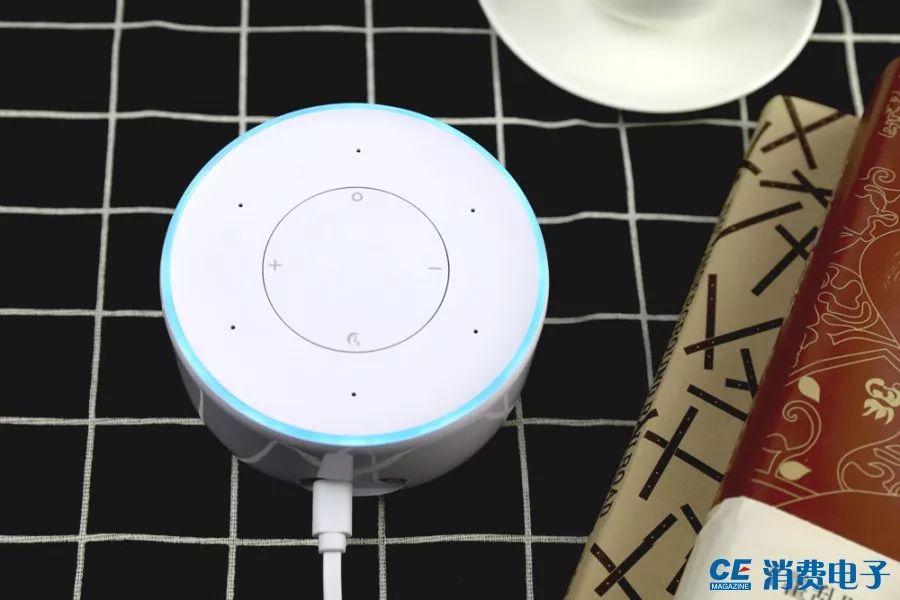
The body of the Dingdong Mini2 is made of recyclable high-gloss plastic, with a smooth and shiny surface. The front features a minimalist Dingdong Mini2 logo, while the USB port and LINE OUT output are designed on the back, resulting in an overall simple appearance without unnecessary embellishments.
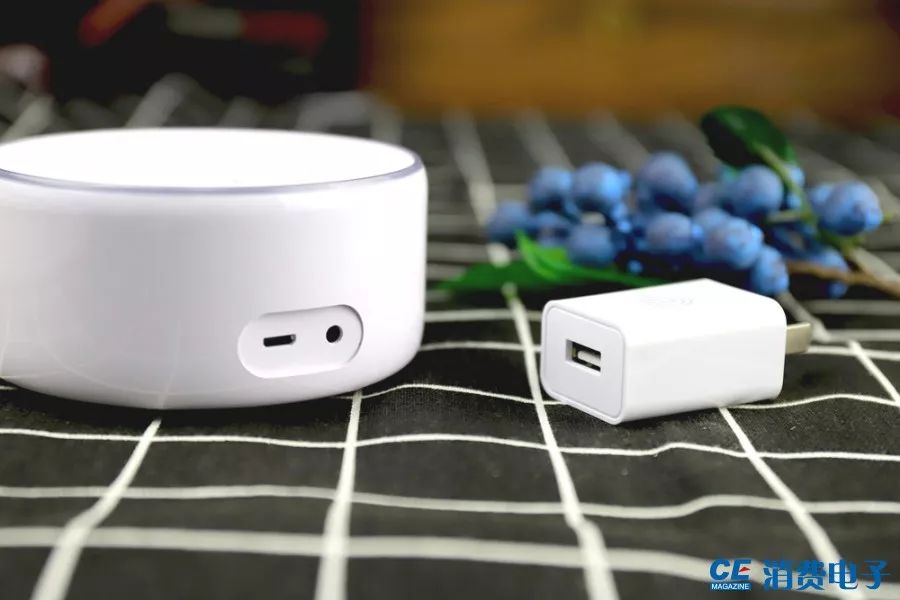
The top of the Dingdong Mini2 features a different material with a matte feel, surrounded by a colorful LED light strip that changes colors for wake-up/Bluetooth/networking/charging functions. The sleep button, wake-up button, and volume buttons are aligned in a cross pattern, with six microphones distributed in a circular arrangement around the buttons. The multi-microphone design helps the Dingdong Mini2 better receive audio sources.

The speaker openings are distributed around the bottom edge of the speaker, ensuring omnidirectional sound diffusion while also aiding in heat dissipation. In the center is a silicone anti-slip pad with some product-related parameters printed on it.
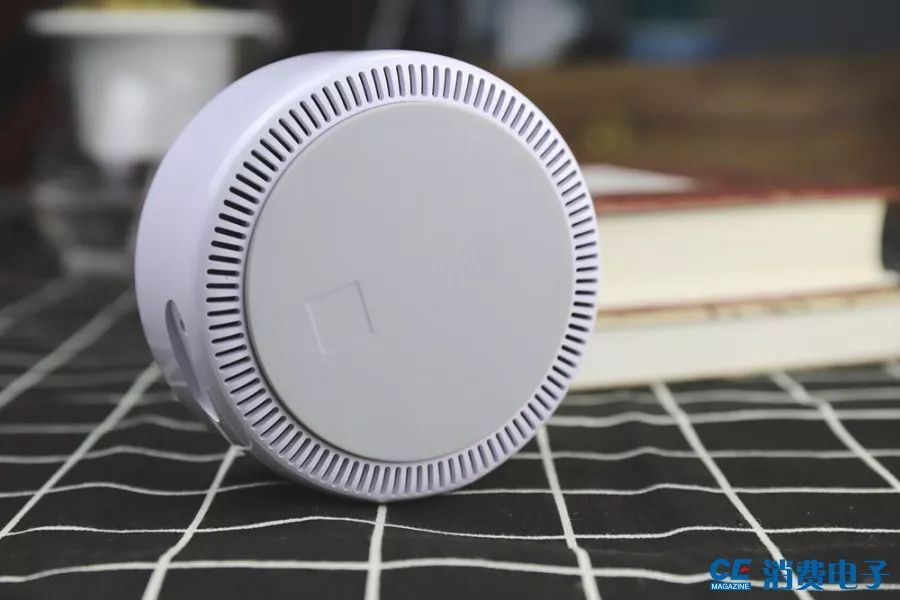
Quick Networking Bluetooth/Audio Output
The Dingdong Mini2 features a no power button design, automatically turning on when powered. However, users need to set up networking for the first use by pressing the wake-up button for 3 seconds until the speaker shows a rotating purple light, then clicking “Start Networking” in the app. Sometimes, pressing the wake-up button is still required for networking. I personally tested it; the operation is simple and takes less than a minute.

The Dingdong Mini2 has Bluetooth output and audio output functions. Users can connect to other Bluetooth speakers via the app or connect traditional speakers via AUX cable to play their favorite music on external Bluetooth speakers/traditional speakers using voice commands.

It is worth noting that the Dingdong Mini2 does not currently support 5G frequency Wi-Fi networks. Additionally, since the Dingdong Mini2 requires power to operate, it will generate some heat. In my tests, the temperature was measured at 33.6 degrees Celsius at room temperature of 25 degrees Celsius, which is relatively low heat.

Voice Interaction and Smart Appliance Control
The Dingdong Mini2 app interface is relatively simple, mainly divided into four sections: Dingdong, Discovery, Playlist, and Account, with a quick play mode in the center. From the app interface, it can be seen that the Dingdong Mini2’s application platform currently covers over a dozen categories of application skills, including smart home, games, life, education, and entertainment. For example, users can add smart home devices in the smart home module and control them through the Dingdong Mini2, which is very convenient.
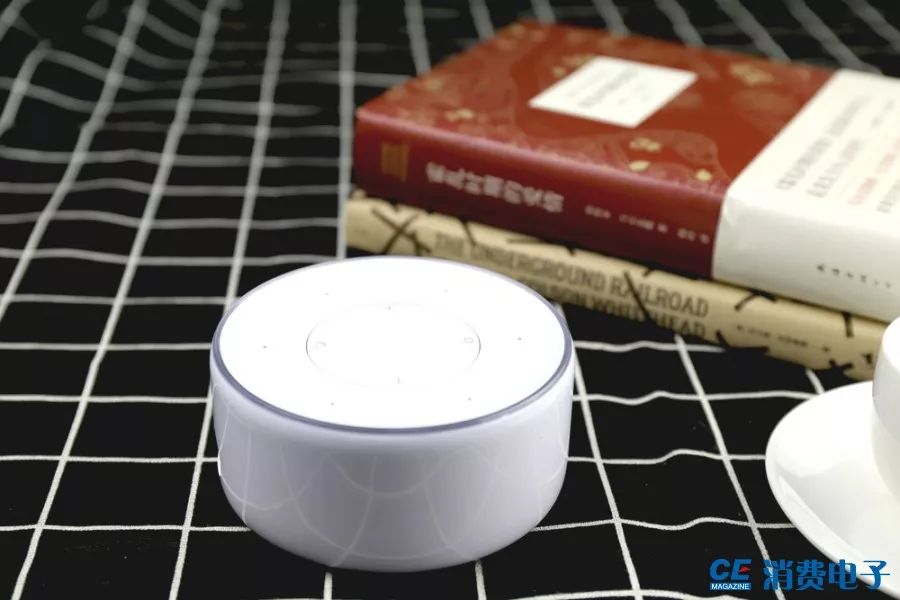
The Dingdong Mini2 performs well in terms of sound quality, meeting expectations for its price range, but it cannot be compared with high-end smart speakers like the iPhone’s Home Pod, as both serve different market segments. Notably, the Dingdong Mini2 supports a wake-up distance of up to 6 meters, with a wake-up rate of 96%, allowing for easy operation even while lying in bed. For someone like me who enjoys staying at home, the smart interaction of the Dingdong Mini2 is particularly appealing.

I selected game projects like “Guess the Song Title” and “The Strongest Brain” in the app according to my preferences, and interacted with it using the wake-up phrase “Dingdong Dingdong.” The entire interaction process was smooth with no lag, and it can intelligently recognize multiple everyday phrases. However, some application features require linking a phone number to operate.

Personalized Settings with iFlytek TV Assistant Support
The Dingdong Mini2 also allows for personalized function settings, such as setting the wake-up phrase, sleep mode, alarm clock, etc. It also serves as a small night light. Users can say the wake-up phrase “Dingdong Dingdong, turn on the night light,” causing the top light ring to illuminate. Saying “Dingdong Dingdong, change the color” will change its color, making it a good choice for the bedroom at night.
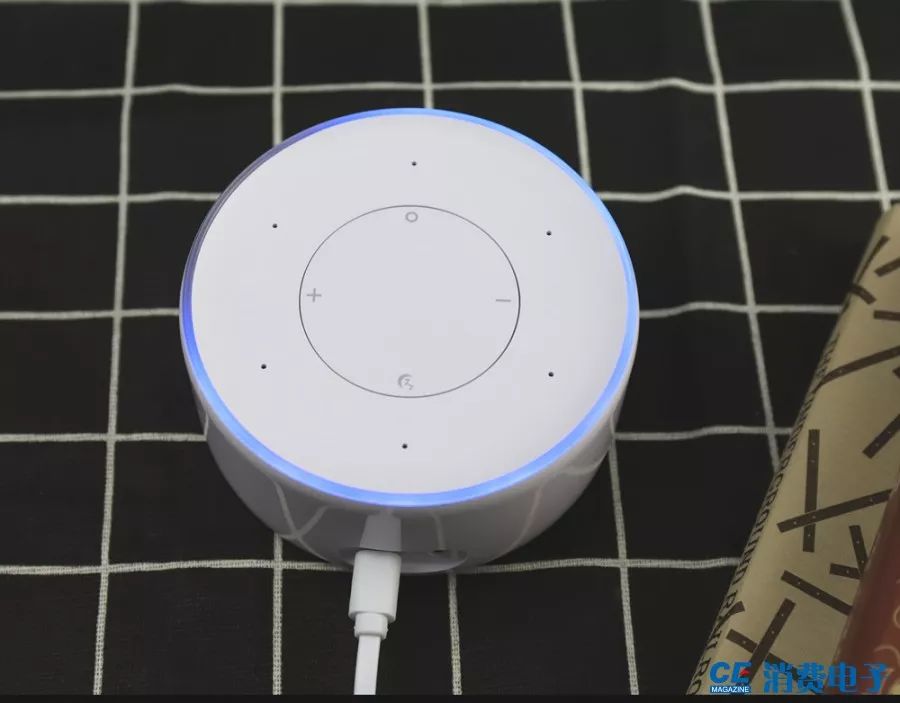
The addition of the iFlytek TV Assistant is particularly impressive. According to official announcements, users only need to connect the Dingdong Mini2 and the TV with the “iFlytek TV Assistant” app to the same Wi-Fi network to control playback/content/channel switching and start other applications via voice commands (specific functions depend on the “iFlytek TV Assistant” app).
Conclusion: Rich Voice Commands and High Cost-Performance Ratio
As an entry-level smart speaker, the Dingdong Mini2 continues the core performance of its predecessor while making numerous optimizations. It can be seen that the voice commands included in Dingdong Mini2 are quite rich, allowing for simple voice conversations. Overall, the Dingdong Mini2 is highly competitive among products in the same price range, making it a good option for users in need.
MORE| Celebrity Interview:

Is Lao Luo’s sentiment finally reliable? Experience Review of the Nut Pro 2
Perhaps the only domestic phone that can compete with the iPhone X – Experience Review of Huawei Mate 10 Pro
A new “chef” in the cooking world vows to break the wall?! – Comparison of three popular heating wall-breaking cooking machines
Luo Yonghao’s sentiment is back again, will you pay for it? – Experience Review of the Smart Hammer Nut Pro Phone
Good looking, but how is the performance? – We reviewed three phones focused on photography
“Consumer Electronics” Magazine is a large consumer electronics industry chain information publication supervised by the Ministry of Industry and Information Technology of the People’s Republic of China and hosted by the China Electronics Association, integrating interviews, product reviews, industry trends, and consumer guides.
